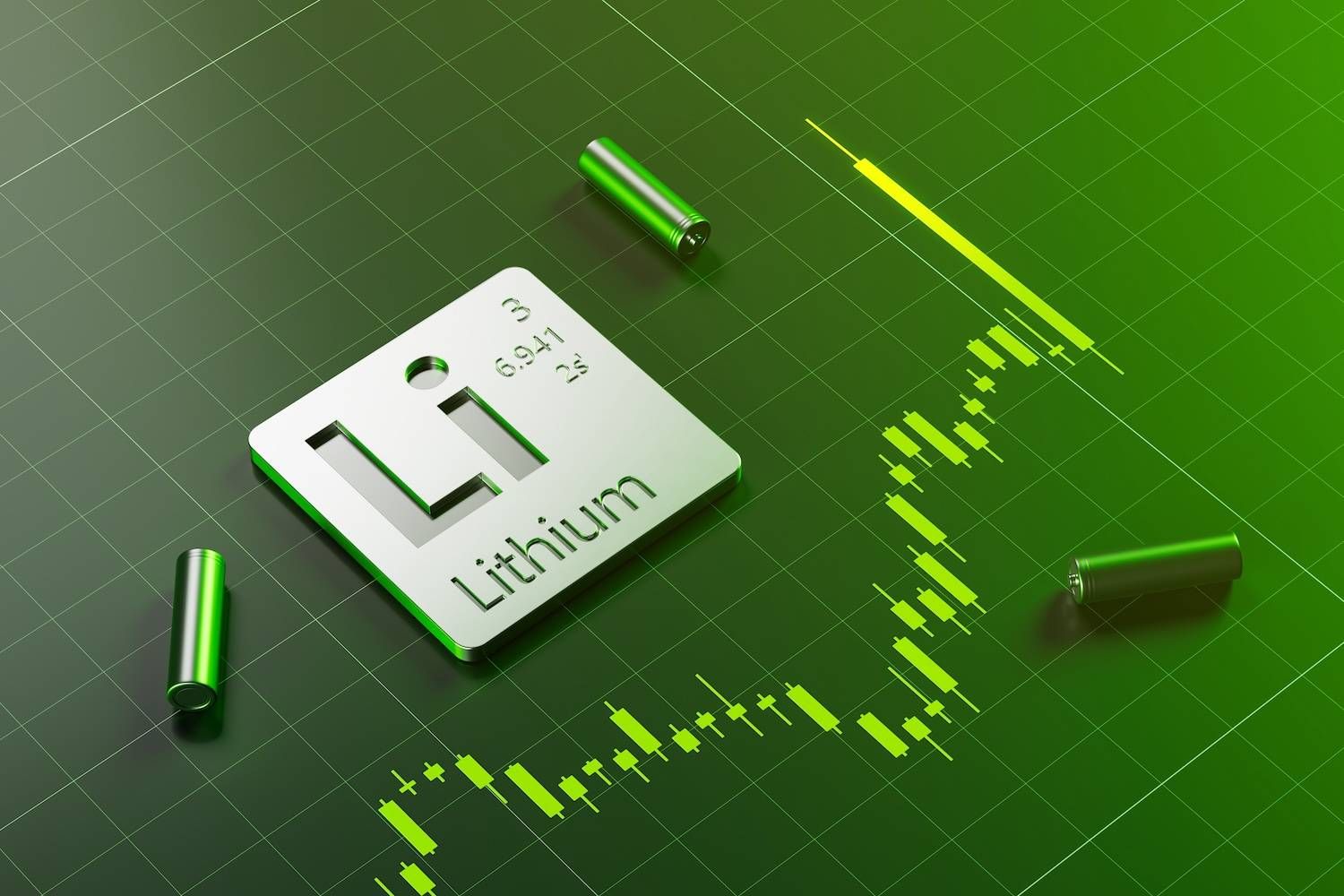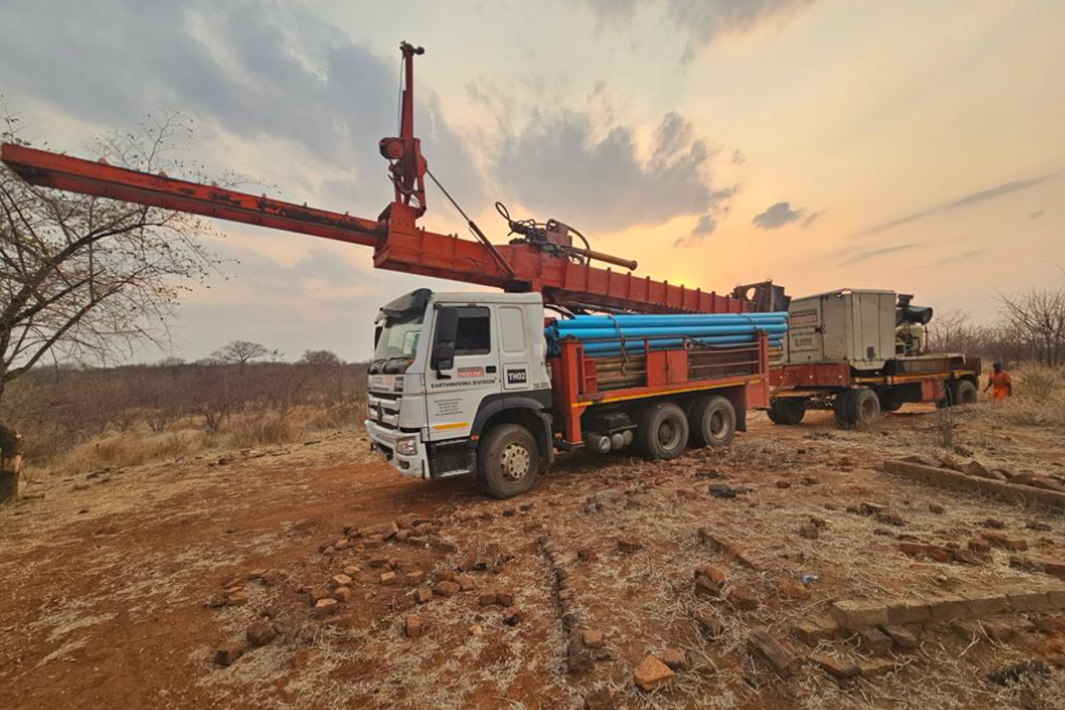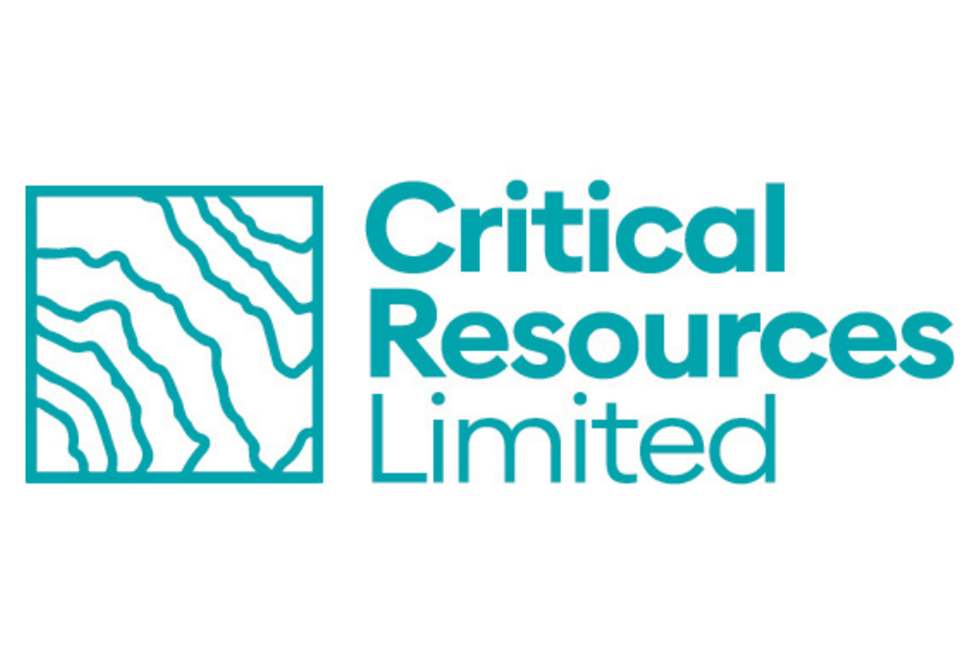
September 10, 2023
Lithium exploration and project development company Critical Resources Limited ASX:CRR (“Critical Resources” or “the Company”) is pleased to advise that follow-up drilling targeting the recently discovered Swell Zone at the Mavis Lake Lithium Project in Ontario, Canada has intersected further thick mineralised1 pegmatite zones, adding significant momentum to its current resource growth drilling program.
Highlights
- In-fill drilling continues to strengthen and expand the “Swell Zone” at Mavis Lake, with multiple wide mineralised zones logged down-hole after recent drilling including;
- MF23-214 with mineralised intercepts totaling 67.85m including a continuous 53.6m intercept with visual estimates of spodumene of 10%
- MF23-226 with mineralised intercepts totaling 61.75m with visual estimates of spodumene at 15%
- MF23-225 with mineralised intercepts totaling 33.95m with visual estimates of spodumene at 20%
- The new mineralised intercepts are located along trend from the recently reported diamond drill-holes MF23-207 to MF23-211, which returned intersections of 40-74m at grades ranging from 1.18% Li2O to 1.25% Li2O.
- A series of in-fill drilling intercepts have delineated mineralised widths significantly greater than the current Inferred Mineral Resource Estimate (MRE) and has identified possible new mineralised zones, highlighting the potential to add substantial tonnage to a future MRE.
- Assay results from 15 holes are pending and will be released to market as soon as they become available.
Logged intercepts from recent in-fill drilling, along trend from the breakthrough intercept of 74.4m grading 1.18% Li2O including 32.9m @ 1.81% Li2O (see ASX release, 24 July 2023), have continued to highlight the significance of the Swell Zone discovery. This includes several in-fill intercepts which are an order of magnitude wider than previous Resource modelling.
Current drilling forms part of a resource upgrade drilling program which commenced in June 2023. Through its exploration efforts, Critical Resources is seeking to establish Mavis Lake as the largest single-site, JORC Code 2012 Compliant Lithium Resource in Ontario.
Full exploration results are provided in Appendix 1.
In-fill Drilling
Recent drilling continues to successfully intersect the Swell Zone laterally, towards both the east and west. The Company has deliberately opted for a tight in-fill drill-hole spacing (25-50m spacing) to facilitate conversion of as much of the Resource to the higher-confidence Indicated category as part of a future Mineral Resource upgrade.
The Swell Zone occurs within and extends outside of the current Inferred Mineral Resource Estimate (MRE) shapes and, as such, is expected to add considerable tonnage to a future MRE upgrade.
The Swell Zone is likely emplaced in a remnant shear structure which could be related to regional shear structures. Shearing is located proximally to the pegmatite contacts within the host rock, multiple oriented measurements indicate the direction of the shearing is concordant to the pegmatite emplacement.
The trend of the Swell Zone is becoming more apparent and current drill results illustrate increased understanding of the emplacement, geometry and trend of the mineralised zone.
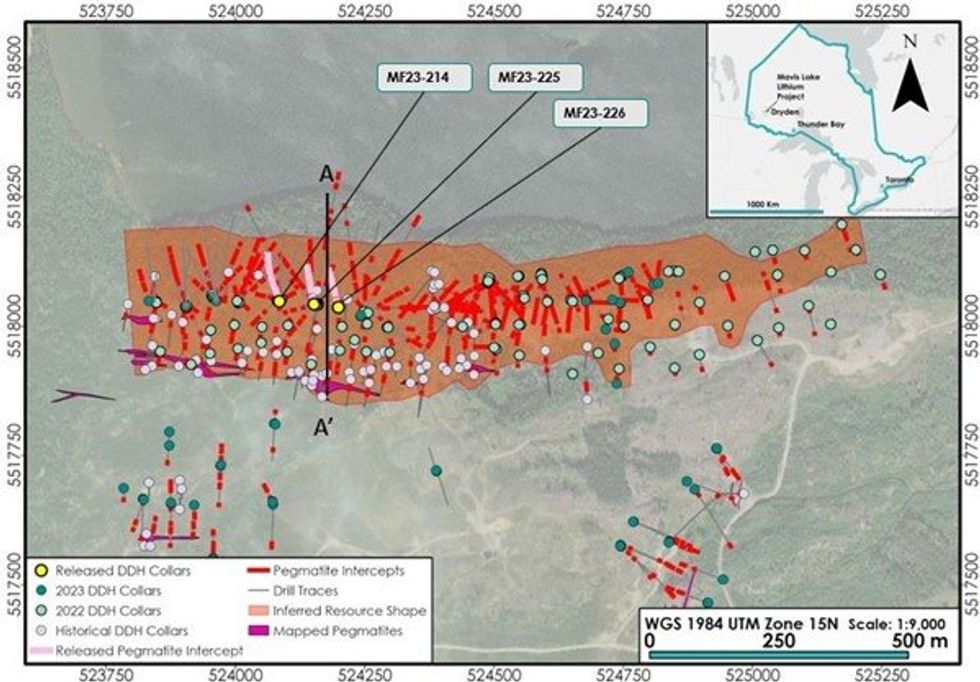
While the Swell Zone intercepts contain pervasive spodumene mineralization, the intercepts often contain multiple “core zones” that are characteristic of higher concentrations of spodumene as shown in Figure 2.
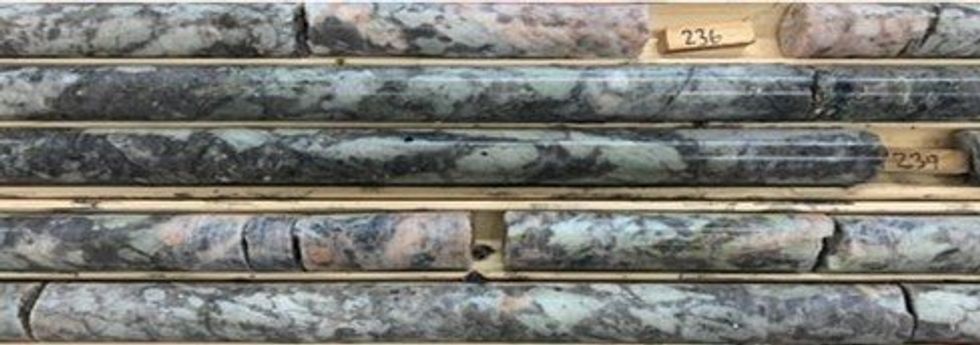
In-fill drilling of the Swell Zone is currently tracking towards the east, with recent logged intercepts in drill-holes MF23-225 and MF23-226 highlighting significant growth potential.
Both drill holes intersected mineralised pegmatite two-three times the width of the current MRE shapes, indicating a clear pathway to resource upgrade in terms of both tonnage and category.
Recent drilling has also identified a possible significant new Lower Zone. An initial intercept from drill hole MF23-208 (13.3m at 1.56% Li2O from 343.9m down-hole – refer to ASX Announcement released 21 August 2023) has been interpreted to link with a lower zone intersected in drill-holes MF23-214, MF23-225 and MF23-226.
Key details are shown in Table 1, with the intercept cross-section shown in Figure 3.
The potential new Lower Zone has not been factored in previous resource modelling and presents as an immediate target for follow-up drilling.
Click here for the full ASX Release
This article includes content from Critical Resources, licensed for the purpose of publishing on Investing News Australia. This article does not constitute financial product advice. It is your responsibility to perform proper due diligence before acting upon any information provided here. Please refer to our full disclaimer here.
CRR:AU
The Conversation (0)
21 June 2022
Critical Resources
High-grade Lithium Portfolio, in a Tier 1 Location, Aligned with the World’s Green Energy Transition
High-grade Lithium Portfolio, in a Tier 1 Location, Aligned with the World’s Green Energy Transition Keep Reading...
16h
SQM, Codelco Seal Landmark Lithium Joint Venture in Salar de Atacama
Sociedad Quimica y Minera (SQM) (NYSE:SQM) and Codelco have finalized their long-awaited partnership, forming a new joint venture that will oversee lithium production in Chile’s Salar de Atacama through 2060.SQM announced on Saturday (December 27) that it has completed its strategic partnership... Keep Reading...
24 December
Altius Minerals to Expand Portfolio with C$520 Million Lithium Royalty Deal
Altius Minerals (TSX:ALS,OTCQX:ATUSF) is making a bet on a lithium market recovery, agreeing to acquire Lithium Royalty (TSX:LIRC) in a C$520 million deal that will expand its exposure to battery metals.Under a definitive agreement announced by the two companies on Monday (December 22), Altius... Keep Reading...
23 December
Liontown's First Tjiwarl Member Completes Apprenticeship at Kathleen Valley
Liontown (ASX:LTR,OTC Pink:LINRF) has reached a milestone at its Kathleen Valley operations, with Vaughan Harris becoming the first Tjiwarl community member to complete an apprenticeship with the company.“Being the first Tjiwarl apprentice to complete an apprenticeship here at Liontown feels... Keep Reading...
22 December
Lithium Market 2025 Year-End Review
The global lithium market endured a bruising 2025, with persistent oversupply and softer-than-expected electric vehicle (EV) demand driving prices for the battery metal to multi-year lows.Lithium carbonate prices in North Asia slipped below US$9,550 per metric ton in February — their weakest... Keep Reading...
11 December
Mining the Gap: 5 Forces Shaping North America’s Lithium Supply Chain
A convergence of industry investments, government initiatives and a shifting global trade dynamic is creating an environment ripe for the development of a North American battery supply chain, with lithium playing a leading role. These trends are reshaping the region’s industrial base and opening... Keep Reading...
10 December
Rock Bottom: Strategic Window for Ground-level Lithium Investment
When lithium prices hit bottom, savvy investors know that’s exactly where the next big discovery begins — literally. Beneath the surface of global markets and remote exploration grounds, new opportunities are forming in the wake of a sharp price reset and renewed geopolitical urgency.Recent... Keep Reading...
Latest News
Interactive Chart
Latest Press Releases
Related News
TOP STOCKS
American Battery4.030.24
Aion Therapeutic0.10-0.01
Cybin Corp2.140.00




